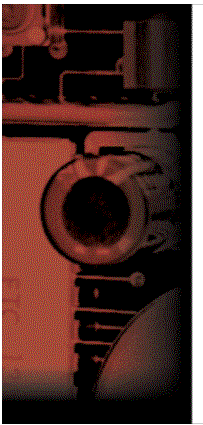  |
Implementing Microsoft® Windows® 2000 Professional and ServerTable of Contents Introduction At Course Completion Microsoft Certified Professional Exams Prerequisites Course Materials and Software Course Outline IntroductionThis course provides students with the knowledge and skills necessary to install and configure Microsoft Windows 2000 Professional on stand-alone and client computers that are part of a workgroup or domain. In addition, this course provides the skills and knowledge necessary to install and configure Windows 2000 Server to create file, print, Web, and Terminal servers. It also provides students with the prerequisite knowledge and skills required for course 2153, Implementing a Microsoft Windows 2000 Network Infrastructure.At Course CompletionAt the end of the course, students will be able to:
Return to top Microsoft Certified Professional ExamsThis course will help the student prepare for the following Microsoft Certified Professional exams:
Return to top Prerequisites
|